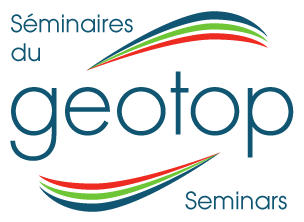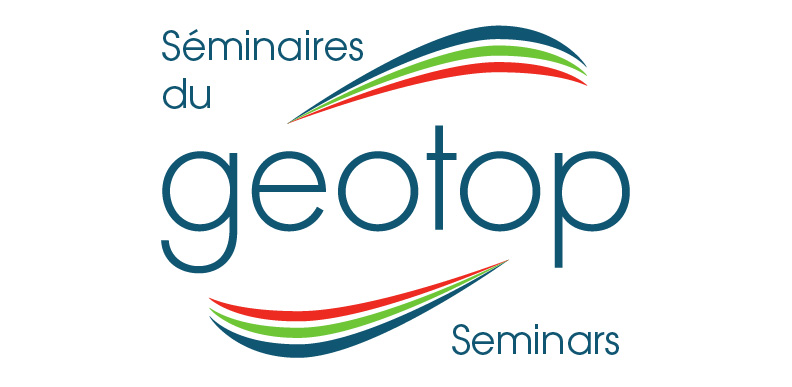
Dr. Ali Polat, University of Windsor
McGill-EPS departmental Seminar FDA 232 – Friday, november, 2024 at 11 am
In-person only
Archean terrains consist predominantly (>90%) of contemporaneous tonalite-trondhjemite-granodiorite suites (TTGs) and greenstone belts, representing relict fragments of early continental crust. One of the most contentious areas of Earth Science today is the tectonic mechanism by which Archean continental crust was generated. Although studies on Archean terrains over the past four decades have enhanced our understanding of how these terrains formed, the nature of large-scale tectonic processes that produced Archean continental crust still remains highly controversial. This controversy and ongoing substantial debate have centered around opposing uniformitarian and non-uniformitarian tectonic models. The uniformitarian models propose that modern-style plate tectonic processes (e.g., subduction, accretion, collision) operated in the Archean, whereas the non-uniformitarian models postulate that vertical tectonics or other unknown processes (e.g., sagduction, catalytic delamination, heat pipe, mantle upwelling, stagnant lid) operated in the Archean. The question is which of these models is supported by the Archean rock record?
A review of the main lithological, structural, and geochemical data from 4.0 to 2.5 Ga Archean terrains reveals that they were generated at convergent plate boundaries by accretion of oceanic arcs, continental arcs, oceanic crust, and trench turbidites. Extensive geochemical data (>8,200 samples) from Eoarchean to Neoarchean volcanic rocks plot mostly in the oceanic arc, continental arc, and back-arc fields in tectonic setting discrimination diagrams, which suggest that subduction-related geodynamic processes operated throughout the Archean. Similarly, a comparison of large trace element data (>3500 samples) from Eoarchean to Neoarchean TTGs with those from Phanerozoic arc TTGs (4100 samples) suggests that most Archean TTGs also formed in arc environments. The positive Pb and negative Nb anomalies of most Archean volcanic rocks and TTGs are fully consistent with subduction-related settings. The temporal variations in the incompatible trace element ratios of Archean volcanic rocks and TTGs, coupled with their lithological associations, demonstrate that intra-oceanic arc magmatism was prominent in the Eoarchean. The trace element systematics of Paleoarchean volcanic rocks and TTGs signify the beginning of Andean-style continental arc magmatism between 3.5 and 3.2 Ga. From ~ 3.2 Ga there was a gradual transition in intra-oceanic arc magmatism to more abundant Andean-type continental margin magmatism in the form of voluminous TTGs and sanukitoids. From 3.2 to 2.5 Ga juvenile oceanic crust and arcs continued to form, accompanied by more active continental margin magmatism until 2.7-2.5 Ga, by which time there were sufficient crustal rocks to amalgamate into incipient large continents, the fragmentation of which started the first complete classical Wilson Cycle Plate Tectonics of breaking apart and re-assembling large continental masses. Field evidence for uniformitarian tectonic processes in the Archean rock record is exuberant, whereas field evidence to support the non-uniformitarian models is lacking.
****
Dr. Ali Polat, a distinguished professor at the University of Windsor’s School of the Environment, is an internationally recognized expert in geology. He specializes in the study of Archean greenstone belts, anorthosite-bearing layered intrusions, ophiolites, orogenic belts, and trace element and radiogenic isotope geochemistry. With a Ph.D. from the University of Saskatchewan and an M.Sc. from the University of Houston, Dr. Polat has built an impressive academic career, producing over 150 peer-reviewed journal articles, 8 book chapters, and presenting at numerous national and international conferences. His work has been widely cited, accumulating over 13,500 citations and earning him an H-index of 65 on Google Scholar.
Throughout his career, Dr. Polat has been recognized with numerous awards, including the W.W. Hutchison Medal from the Geological Association of Canada and the Outstanding Faculty Research Award from the University of Windsor. His contributions to the field have also earned him international awards, such as the Chang-Jiang Scholar Award in China and election to the Science Academy in Turkey. Dr. Polat has served as Co-Editor-in-Chief of Lithos and Editor-in-Chief of the Canadian Journal of Earth Sciences, contributing to the global geoscience community through both research and editorial leadership.
Prof. Polat was recently awarded the prestigious Howard Street Robinson Medal from the Geological Association of Canada in 2024. As part of this honor, he will be delivering lecture tours across Canada, sharing his insights into Archean geological processes and the mechanisms behind early continental growth.

The Mechanism of Archean Continental Growth: Evidence from Field Relationships, and Volcanic Rock and TTG Geochemistry

